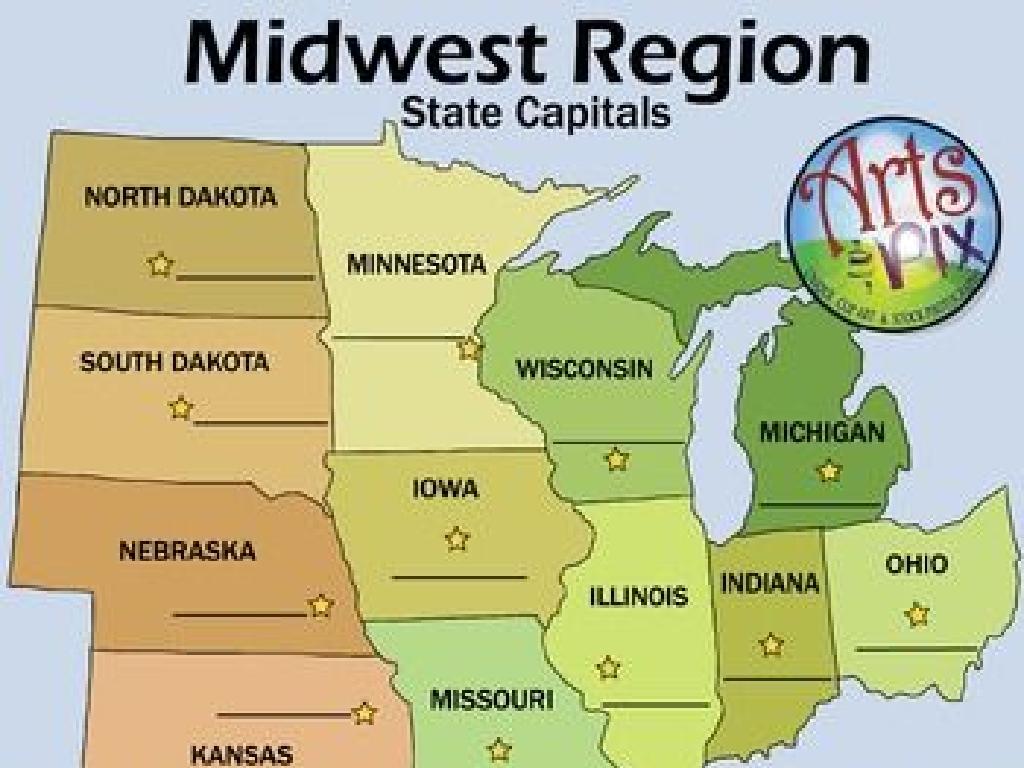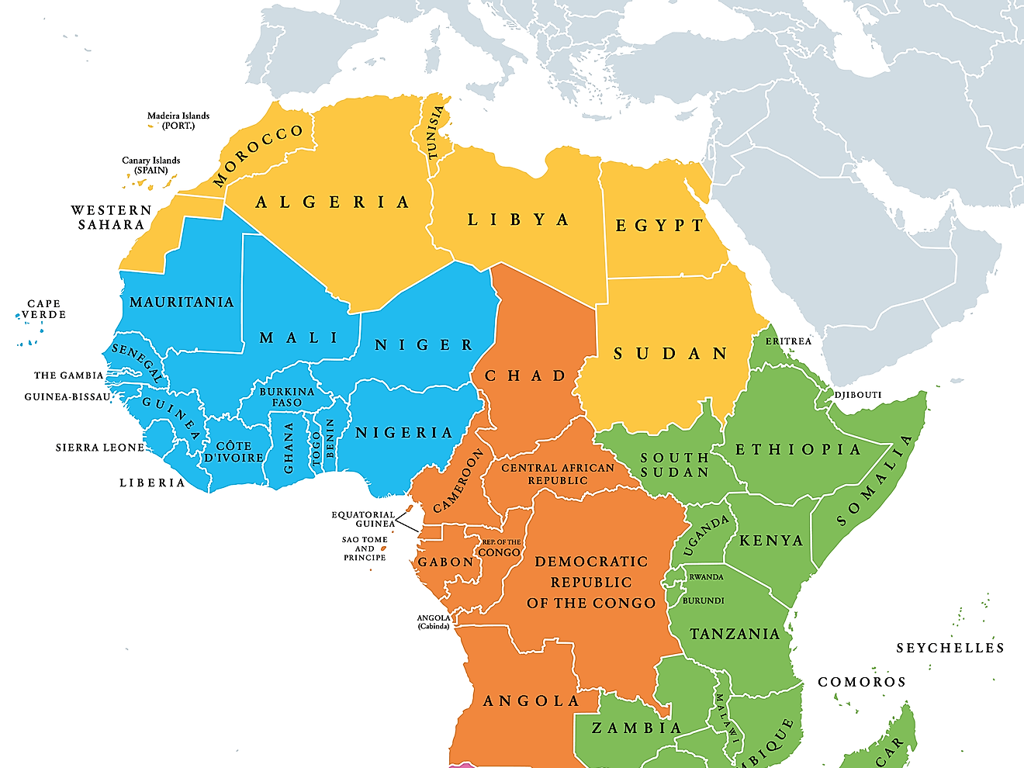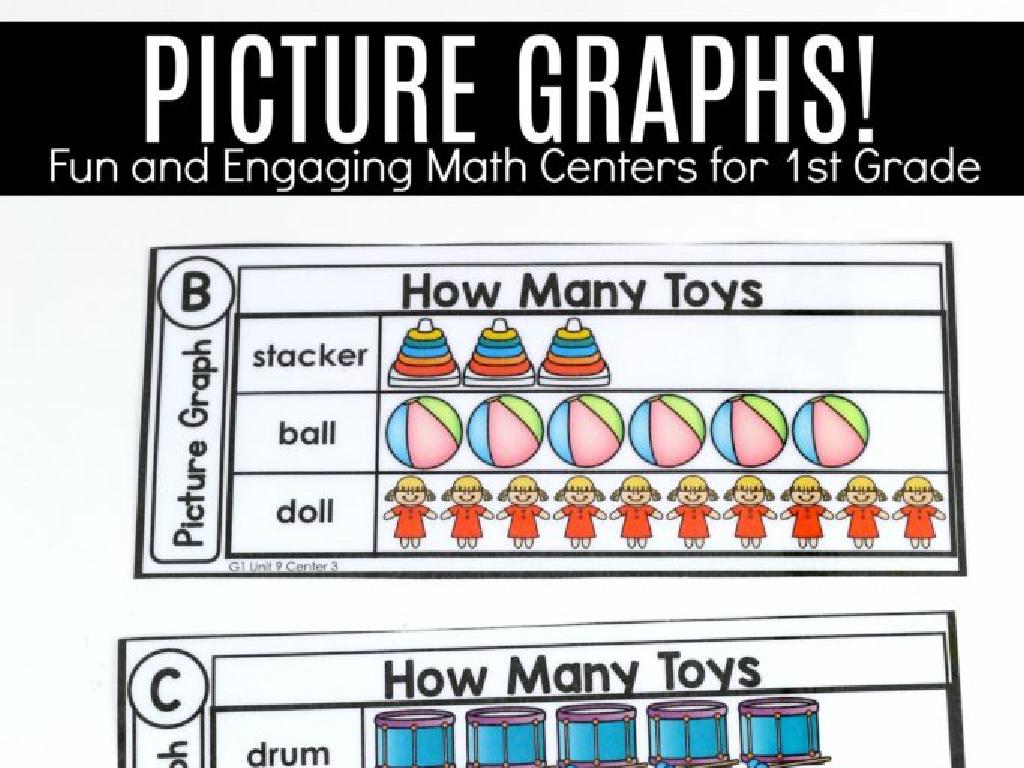Use Climate Data To Make Predictions
Subject: Science
Grade: Third grade
Topic: Weather And Climate
Please LOG IN to download the presentation. Access is available to registered users only.
View More Content
Predicting the Weather
– Weather vs. Climate
– Weather is day-to-day, climate is over long periods
– Tools for weather prediction
– Thermometers, barometers, and rain gauges help us
– Reading climate data
– Look at patterns and records of temperature, rain, and wind
– Making our own predictions
– Use data to guess tomorrow s weather!
|
Begin with explaining the difference between weather and climate, emphasizing that weather is the daily condition while climate is the average over a long time. Introduce the tools meteorologists use to predict the weather, such as thermometers for temperature, barometers for air pressure, and rain gauges for precipitation. Show how to read climate data by examining patterns and historical records. Finally, engage the students in an activity where they use real climate data to make their own weather predictions for the next day, fostering their analytical skills and understanding of how weather forecasts are made.
Understanding Weather
– What is weather?
– It’s the current state of the atmosphere.
– Types of weather
– Examples: Sunny, Rainy, Windy, Snowy.
– Weather changes quickly
– It can change from hour to hour, day to day.
– Importance of weather patterns
|
This slide introduces the concept of weather to third-grade students. Begin by explaining that weather is what we experience in the atmosphere at any given moment, such as whether it’s hot or cold, wet or dry, calm or stormy. Provide examples of different types of weather conditions and discuss how they can change rapidly, affecting our daily decisions like what to wear or what activities we can do. Emphasize the importance of recognizing weather patterns to make predictions, which is a skill they will learn to use. Encourage students to observe the weather daily and share their observations.
Understanding Climate
– Climate vs. Weather
– Climate is long-term, weather is day-to-day
– Climate varies by location
– Climates differ: tropics are warm, poles are cold
– Desert and Polar climates
– Deserts are dry, polar regions are icy
– Predicting weather patterns
|
This slide introduces the concept of climate and how it differs from weather. Climate is the average weather conditions in an area over a long period, typically 30 years or more, while weather is what we experience day-to-day. Different regions of the world have distinct climates, such as the hot and dry conditions in deserts or the cold and icy conditions in polar areas. Understanding these patterns allows us to make predictions about future weather conditions. Encourage students to think about the climate in their own region and how it might differ from other parts of the world. Discuss how climate can affect the clothes we wear, the food we eat, and our daily activities.
Reading Climate Data
– What is climate data?
– Climate data includes info like temperature, rainfall, and wind.
– Understanding climate patterns
– Patterns can show us how weather changes over time.
– Analyzing charts and graphs
– Graphs help us see trends in climate data clearly.
– Group activity: Data exploration
– We’ll look at real climate data and see what it tells us!
|
This slide introduces students to the concept of climate data and its importance in understanding weather patterns. Begin by explaining that climate data is a collection of information about the weather over a long period. Show examples of temperature records, rainfall measurements, and wind speed. Explain how charts and graphs can make it easier to see trends and patterns in this data. For the group activity, provide students with sample climate data and guide them to make observations and predictions based on the information presented in the graphs. Encourage them to discuss their findings with the class. This activity will help them grasp the basics of interpreting climate data and how it can be used to predict future weather conditions.
Making Predictions with Climate Data
– What are predictions?
– Predictions are educated guesses about what could happen next.
– Using past data to forecast
– We look at old weather patterns to guess future ones.
– Rainy week, what’s next?
– If it rained a lot this week, will it rain tomorrow too?
– Making our own weather predictions
|
This slide introduces the concept of making predictions based on climate data. Start by explaining that predictions are like smart guesses about the future, which we make by looking at what has happened in the past. For example, if it has been raining all week, we might predict that it will rain the next day too. Encourage the students to think about patterns they have noticed in the weather and how those patterns can help us guess what the weather will be like in the future. As an activity, students can make their own predictions about the next day’s weather based on the current week’s data and share their reasoning with the class.
Activity: Be a Weather Detective!
– Become a weather detective
– Examine the given climate data
– Look at temperatures, rainfall, wind patterns
– Predict next week’s weather with a partner
– Use the data to guess if it’ll be sunny, rainy, or windy
– Share your forecast with the class
|
This activity is designed to engage students with practical use of climate data to make weather predictions. Provide students with a simplified set of climate data, including temperature trends, precipitation records, and wind patterns. Pair up the students and let them analyze the data to predict the weather for the upcoming week. Encourage them to consider patterns they observe in the data when making their predictions. After they have made their forecasts, each pair will present their prediction to the class. This will help them practice public speaking and learn from each other’s observations. Possible variations of the activity could include using historical data to predict future weather, comparing predictions with actual weather at the end of the week, or even creating a weather chart as a visual aid for their presentation.
Understanding Weather Predictions
– Weather predictions shape our plans
– Tools scientists use for forecasts
– Thermometers, barometers, satellites, and computers help in forecasting.
– Why predictions can sometimes fail
– Weather is complex, and unexpected changes can occur.
|
This slide concludes our lesson on weather predictions. Emphasize to the students that understanding weather patterns helps us prepare for our daily activities, such as deciding what to wear or whether to carry an umbrella. Highlight the various instruments scientists use to gather climate data, which includes thermometers for temperature, barometers for air pressure, satellites for large-scale imaging, and computers for simulations. It’s also crucial to acknowledge that despite advanced technology, weather predictions are not always accurate due to the unpredictable nature of weather systems. Encourage students to share experiences when the weather was different from what was predicted to illustrate this point.
Class Activity: Create Your Weather Calendar
– Use climate data for calendar
– Draw weather symbols
– Sun for sunny, cloud for cloudy, etc.
– Share and explain predictions
– Tell the class why you think those weathers will happen
– Understand weather patterns
– Learn how weather changes over time
|
In this engaging class activity, students will apply their understanding of climate data to make predictions about the weather for the upcoming month. Provide students with historical climate data and guide them on how to interpret it. They will draw symbols representing different weather conditions (sunny, rainy, cloudy, etc.) on a blank calendar template. After completing their calendars, students will share their predictions with the class and explain the reasoning behind their forecasts. This activity will help students grasp the concept of weather patterns and the importance of climate data in predicting weather. Possible variations of the activity could include working in groups, comparing predictions with actual weather at the end of the month, or even creating a digital weather calendar.






